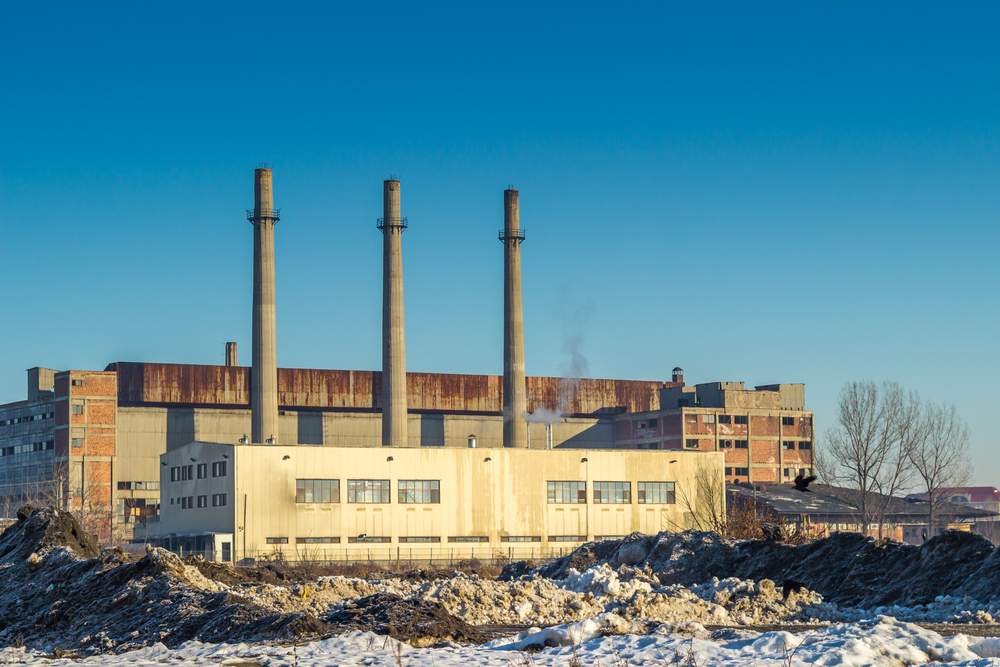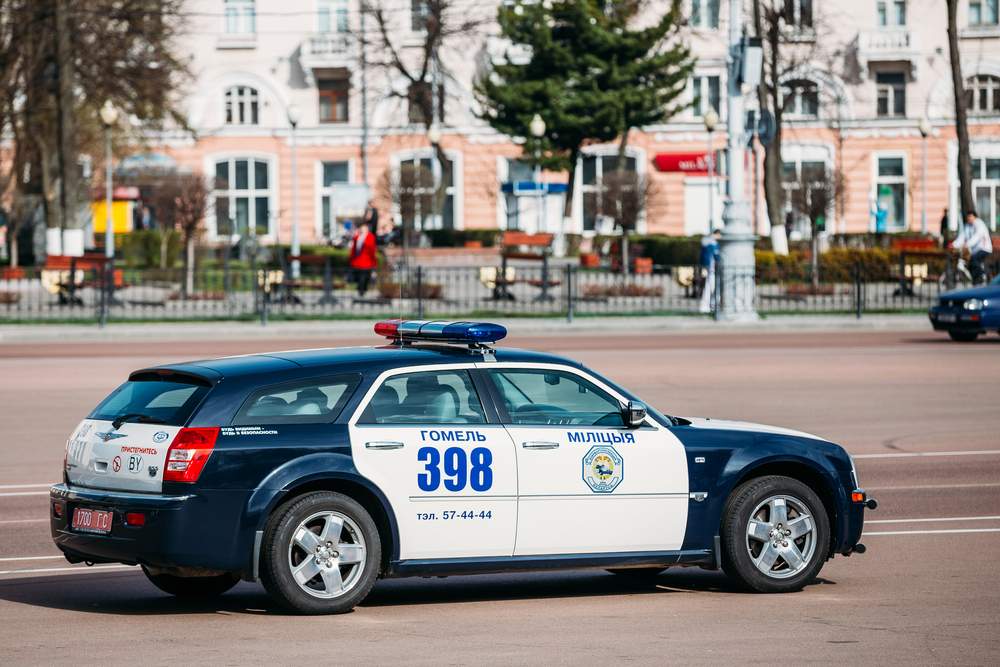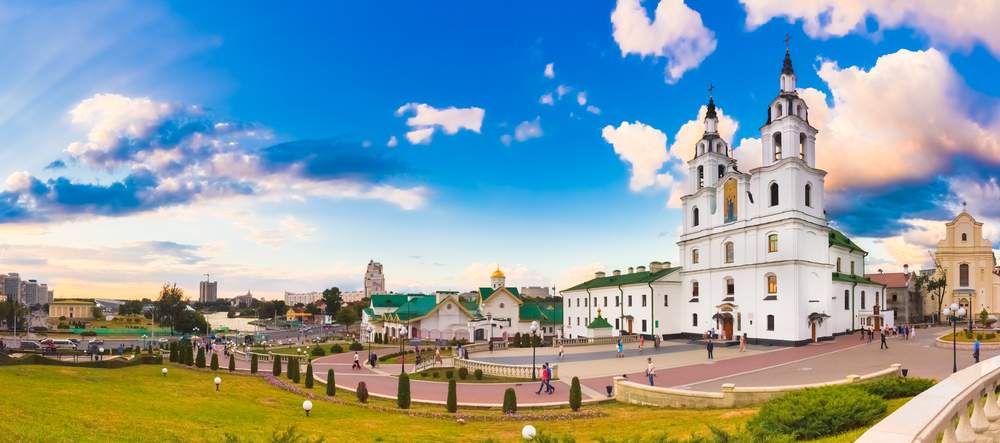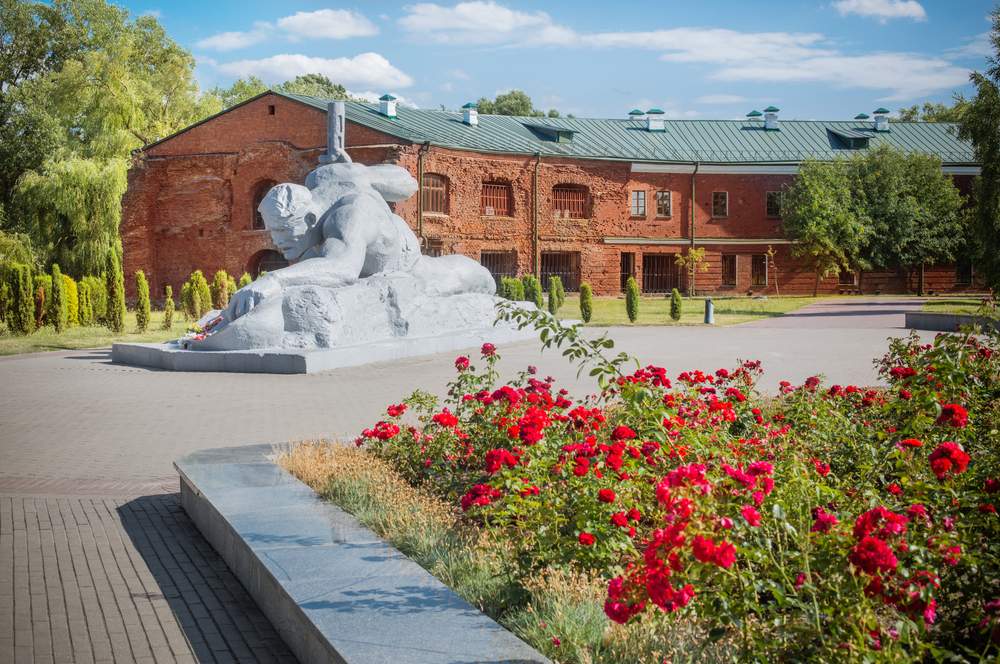There are some countries that everyone who travels seems to hit at some point – places like
France,
Italy,
Australia, and
New Zealand are popular and deemed by nearly everyone to be safe to visit. No one really questions a trip to Paris. Then there are the countries that all but the most intrepid travelers eliminate immediately:
Pakistan,
Afghanistan, and
Iraq come to mind. And then there are those countries that people seem to overlook – they just don’t really factor into the conversation.
” If you’re like many of my friends, the only thing that may come to mind when someone mentions Belarus is the episode of Friends when Phoebe’s boyfriend runs off to Minsk.”
Belarus is one of those countries. If you’re like most people, you have likely never given much thought to this former Soviet republic. If you’re like many of my friends, the only thing that may come to mind when someone mentions Belarus is the episode of Friends when Phoebe’s boyfriend runs off to
Minsk.
I admit, when I first added Belarus to my year-long tour of the former Soviet Union, I had minimal expectations. I heard Belarus was still very much a dictatorship and not very welcoming for foreigners (especially Westerners). I read about accommodation options being limited and expensive. I was told to avoid using my mobile phone near public squares if any protests were taking place as the government would use it to track me and arrest me. As people (including a native of Minsk) continually asked me why I was going there, I increasingly wondered what on earth there would be to see.
More than anything, I imagined Belarus to be the poorer, little sister of Russia: less modern, less stable and less free.
I couldn’t have been more wrong.
Misperception #1: Belarus is poor and backwards; everything will feel gritty and rundown.

It’s true.Belarus is a poor country. While it was one of the most economically advanced republics in the former Soviet Union, its economy declined rapidly after it became independent. Recent years have seen rampant inflation, with the exchange rate with the dollar skyrocketing from around 3,000 rubles to the dollar a few years ago when it reached 8,450 per dollar during a January visit. As of August 2016, $1 USD = 1.95 Belarusian rubles (BYN). A woman who showed me around in Minsk told me that average salaries in Belarus run about $300USD per month, and the government recently announced that they may reach $500USD by the end of the year.
“While guidebooks warned me of old, drab, Soviet-era hotels, all of the places I stayed in the country were either brand new or recently renovated.”
At the same time, Belarus doesn’t feel poor. Because the city was leveled in World War II, most of the buildings in Minsk date back no earlier than the mid-1940s. The central bus station was recently renovated and it sits next to a refreshingly modern train station that feels much cleaner, brighter and nicer than anything you will find in Russia. While guidebooks warned me of old, drab, Soviet-era hotels, all of the places I stayed in the country were either brand new or recently renovated.
The good news for visitors is that Belarus remains incredibly inexpensive. A subway ride in Minsk costs about ten cents, and a train or bus ride halfway across the country can be just $8-$10USD. While you could catch a ballet or opera in St. Petersburg or Moscow for a minimum of $30 (likely more), you can enjoy a quality show at the National Opera House in Minsk for just $3.
The one caveat? Belarus is a bit short on budget accommodations – they don’t really have any true hostels at this time, and while Couchsurfing could be an option, you may be required to book (and pay for) hotel accommodations in advance in order to secure a visa (this remains a source of confusion as rules were rumored to have relaxed, but everyone still seems to play by the old rules). The good news is that compared to Moscow, St. Petersburg, or just about anywhere in Western Europe, Belarusian hotel prices are still quite low. In the larger cities of Minsk and Brest, I paid around $50-70USD per night (including a substantial buffet breakfast) and in the small town of Grodno I paid just $45USD for a large room with an electric tea kettle, refrigerator, flat screen TV, free wi-fi, free 24-hour laundry service, and made to order breakfast. Not too shabby.
Check out airfare prices to Belarus or as an alternative, fly into Vilinius, Lithuania
Misperception #2: Belarus is a dictatorship and a dangerous, police state. As a foreigner, you are likely to be hassled and spied upon.

It’s true that Belarus is basically a dictatorship, led by a president who was “elected” by 80% of the vote in elections that almost all observers contend were fraudulent. However, the police presence in Minsk was barely noticeable, and outside of Minsk, it was non-existent. Whereas in Moscow police often stop people (locals and foreigners alike), asking to see their documents, my friend in Minsk told me that never happens in Belarus. She said that she generally feels quite free as she can come and go as she wants, which even includes studying in a foreign university.
“Whereas in Moscow police often stop people (locals and foreigners alike), asking to see their documents, my friend in Minsk told me that never happens in Belarus.”
As a foreigner, I never felt uncomfortable. Crossing the border was easy, with no interrogations or searches of my bags as I feared might occur. Hotel clerks and museum cashiers wore smiles on their faces, and many spoke decent English. While I read stories about hotel maids hiding belongings to try to steal them or the government tapping phones, I am 99.9% confident that did not happen to me. The only thing that seemed regulated was internet use – in two hotels I had to purchase cards to access wi-fi, and I noticed that they wrote down the serial number of the cards they sold me next to my room number.
Probably the least welcoming thing for foreigners is the fact that nearly everyone requires a visa to visit the country. However, working through a Belarusian travel agency and applying for my visa in person in neighboring Lithuania, I found the process to be easier, faster, and less expensive than that for Russia.
Check out hostels in Belarus
Misperception #3: There isn’t anything to see in Belarus.

Minsk may not have the same charm as the capitals of nearby Latvia and Lithuania, but the city itself is attractive, with clean, wide sidewalks made of colored brick, a river running through the center, and parks and monuments scattered throughout the city. While lacking English explanations, the Museum of the Great Patriotic War (the Soviet name for World War II) makes for an interesting stop with several rooms full of sometimes graphic displays.
Easy day trips from the capital include castles in the towns of Mir and Nyasvizh, two open air museums, and an incredibly moving memorial at Khatyn, honoring the 2.3 million Belarusians who were killed during World War II.
” For art enthusiasts, Vitebsk, in eastern Belarus, is the home of painter Marc Chagall and features two museums in his honor.”
Contrary to popular belief, there is more to Belarus than just Minsk. For art enthusiasts,
Vitebsk, in eastern Belarus, is the home of painter Marc Chagall and features two museums in his honor. The city also makes a nice jumping off point to visit
Polotsk, the oldest town in Belarus and home to the unique Sofia Cathedral.
Grodno (also called Hrodna) dates back to the 11th century and is one of the few towns in Belarus that wasn’t damaged in World War II. As a town that historically was part of Poland or Lithuania, it feels the most European and has several churches and small museums worth a closer look.

Brest, sitting on the border with Poland, is home to possibly the largest tourist attraction in the country: the
Brest Fortress. Founded in the mid-1800s, today it stands as a memorial to those who died defending the fortress and the city against the Germans in World War II. This is a must-see for anyone visiting Belarus.
For nature lovers, Belarus also offers several national parks to explore. The Belavezhskaya Pushcha National Park just outside of Brest is the oldest wildlife reserve in Europe and a UNESCO World Heritage Site. It is home to 55 mammal species, including about 300 European bison, which were once nearing extinction. The Pripyatsky National Park, in southern Belarus, contains over 30 lakes and small rivers and is prime for boating, fishing, and bird-watching.
While perhaps lacking the large, must-see attractions of other European countries, Belarus has plenty to keep you thoroughly entertained for a week or two. Considering that it is possible to obtain a visa in one of its neighboring countries, Belarus can be the perfect complement to a trip to Latvia, Lithuania, Poland, Ukraine, or Russia. So ignore everything you’ve heard (however little that may be) and add Belarus to your next Eastern European itinerary.
Are you headed to Belarus for your next trip? Or have you already been? We’d love to hear from you.
Check out additional resources from BootsnAll for Belarus and Eastern Europe, below:
8 Fabulous Mountain Peaks in Eastern Europe for Less Experienced Hikers
8 Reasons to Visit Eastern Europe Now
Save Money and Reduce the Hassle Getting Around Eastern Europe
Photo credits: Shutterstock.com, nodff /Shutterstock.com, Sogodel Vlad /Shutterstock.com, Grisha Bruev /Shutterstock.com, Grisha Bruev /Shutterstock.com, Maya Kruchankova.



